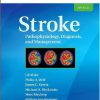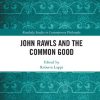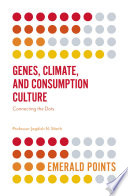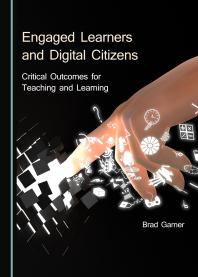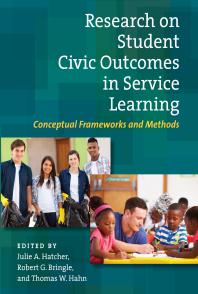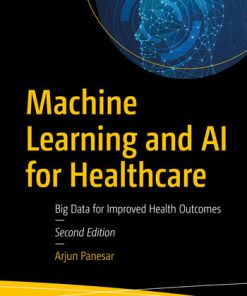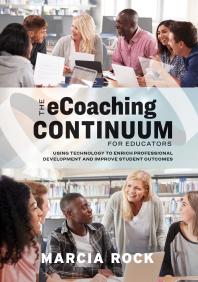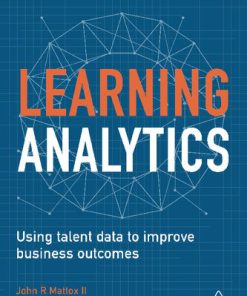Connecting the Dots Developing Student Learning Outcomes and Outcomes Based Assessment 2nd Edition by Ronald Carriveau 1620364794 9781620364796
$50.00 Original price was: $50.00.$25.00Current price is: $25.00.
Connecting the Dots Developing Student Learning Outcomes and Outcomes Based Assessment 2nd Edition by Ronald Carriveau – Ebook PDF Instant Download/Delivery: 1620364794, 9781620364796
Full download Connecting the Dots Developing Student Learning Outcomes and Outcomes Based Assessment 2nd Edition after payment
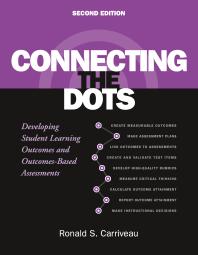
Product details:
ISBN 10: 1620364794
ISBN 13: 9781620364796
Author: Ronald S. Carriveau
Demands for quality at all levels of education are higher than they have ever been. Making clear what students must learn is being stressed by Federal and State governments and by professional and national accreditation organizations. This book is designed to help faculty and institutions of higher education meet these demands by obtaining, managing, using, and reporting valid outcome attainment measures at the course level; and mapping outcome attainment from the course level to departmental, degree program, and institutional levels, and beyond. It demonstrates how to communicate clearly what students are supposed to know and be able to do; write assessments that measure the expectations; and produce test scores that are valid for their intended use and interpretation, so that valid inferences can be made about students and programs. It is a “how-to” manual that is rich with guidelines, model forms, and examples that will lead the reader through the steps to “connect the dots” from outcomes assessment to outcomes-based reporting.This new edition incorporates several enhancements including additional examples, tables, and figures that help clarify and expand the three-level outcomes and assessment model. A new Chapter 9 introduces a census approach to obtaining outcome attainment measures at the program and institutional levels and shows how to link outcome values to outcome statements from outside sources such as national and professional organizations. Chapter 9 concludes with a discussion on obtaining and using outcome attainment values at the student level with the aid of modern technologies.
Connecting the Dots Developing Student Learning Outcomes and Outcomes Based Assessment 2nd Table of contents:
1. Developing Student Learning Outcomes
Topic Planning Guide
Topic Planning Guide Step One
Topic Planning Guide Step Two
Three-Level SLO Model
Goal Level
General Learning Outcome (GLO) Level
Specific Learning Outcome (sLO) Level
Example 1 of the Three-Level SLO Model in Practice
Example 2 of the Three-Level SLO Model in Practice
Cognitive Categories to Consider When Constructing SLOs
The Importance of Verbs
Guidelines for Writing Measurable Learning Outcomes
Questions to Ask Yourself When Writing Outcome Statements
Higher Level Thinking SLOs
Defining Critical Thinking (CT)
CT Outcome Statements
2. Templates for Writing Test Questions
How to Use the Question Templates
Recognize and Identify
Describe and Explain
Templates for Developing Test Questions
Question Templates
Templates
3. Developing an Overall Assessment Plan and Test Blueprint
Developing an Overall Assessment Plan
Developing an Outcome-Item Reference Map
Developing a Test Blueprint
Test Blueprint With SR and CR Items
Test Blueprint With MC, CR, and One Survey Item
Validity Evidence
Cognitive Taxonomy Blueprint
Steps for Developing MC Test Forms
4. Writing Multiple-Choice Test Items
The Outcome-Based Model
At the other end of the spectrum, you have just been assigned a new course, and there is no existing syllabus. In this case, you will probably start with mapping your course topics, Goals, timeline, and
Information That Goes on a One-Page Test-Item Writing Form
Example of the One-Page Format for Writing Test Items
General Guidelines for Writing MC Test Items
Writing MC Test Items
Terminology
Guidelines for Writing the Item Stem
Guidelines for Writing Answer Choices
Guidelines for Item Format
Two-Column Item-Writing Checklist
5. Writing Constructed-Response Items
Guidelines for Writing Sentence-Completion Items
Guidelines for Writing Short-Answer Items
Guidelines for Writing Extended-Response Items
Guidelines for Writing Written-Response Items
Guidelines for Writing Performance-Based Assessments
6. Writing and Using Scoring Rubrics
Holistic Rubric
Analytic Rubric
Analytic Rubric With Proficiency Descriptors
Setting Rubric Cut Points
Guidelines for Writing Rubrics
7. Measuring Critical Thinking With Multiple-Choice Items
Rationale, Advantages, and Limitations
Rationale
Advantages
Limitations
What Commercial CT Tests Measure
Guidelines for Thinking Critically
Guidelines for a CT MC Item Set
Written-Response Versus MC Items Example
Prompt
Test Question
Possible MC Test Item Questions
Short Written Response Converted into MC
Converting Item 2 Into a CT Item
Vignette With MC Items
Discipline-Specific MC Item Set
Measuring General CT
Instructions
Facts
Star’s Position
Logan’s Position
Police Position
Converting a Rubric into a Three-Level Model
8. Reporting Results With the Three-Level Model
Test-Item Validity
Basic Item-Analysis Statistics
Item-Analysis Report for MC Items
Why Only Three Options Are Needed
Item-Response Analysis for CR Items
Calculating Outcome Attainment Values
sLO Attainment
GLO Attainment
Goal Attainment
Using a Spreadsheet to Record and Calculate Attainment Values
Outcome Attainment Summary Reports
Attainment Values for Written-Response Scores
Averaging Rubric Attainment Values with MC Values
Reporting Goal Attainment
Calculating Outcome Attainment From Various Sources
Measuring Outcome Attainment of Learning Activities
Reporting Attainment With Criterion Levels
Completing the Links
9. Applying the Three-Level Model at the Institutional Level and Beyond
A Census Approach to Obtaining Outcome Measures
Three-Level Model Overview
Calculating Outcome Attainment at the Program Level
Calculating Outcome Attainment at the Institutional Level
The Three-Level Model With Attainment Values
Mapping Specific Course Content Attainment to the Institutional Level
Mapping From Common Courses With Links to Outside Sources
Mapping From Different Disciplines With Links to Outside Sources
Program and Curriculum Mapping of Outcome Attainment
Concluding Comments
People also search for Connecting the Dots Developing Student Learning Outcomes and Outcomes Based Assessment 2nd:
connecting the dots in early childhood education
1-20 connect the dots worksheets
connecting the dots video
how to connect the dots with 4 lines
Tags:
Ronald Carriveau,Connecting,Developing,Student
You may also like…
Society Politics Philosophy Social Sciences
Genes Climate and Consumption Culture Connecting the Dots 1st Edition Jagdish N Sheth
Uncategorized
Uncategorized
Health Outcomes and the Pakistani Population 1st Edition by Ikhlaq 9781443871464 144387146X
Uncategorized
Computers - Computer Science
Education Studies & Teaching - School Education & Teaching
Business & Economics
LEARNING ANALYTICS : using talent data to improve business outcomes. 2nd Edition John R Mattox Ii

